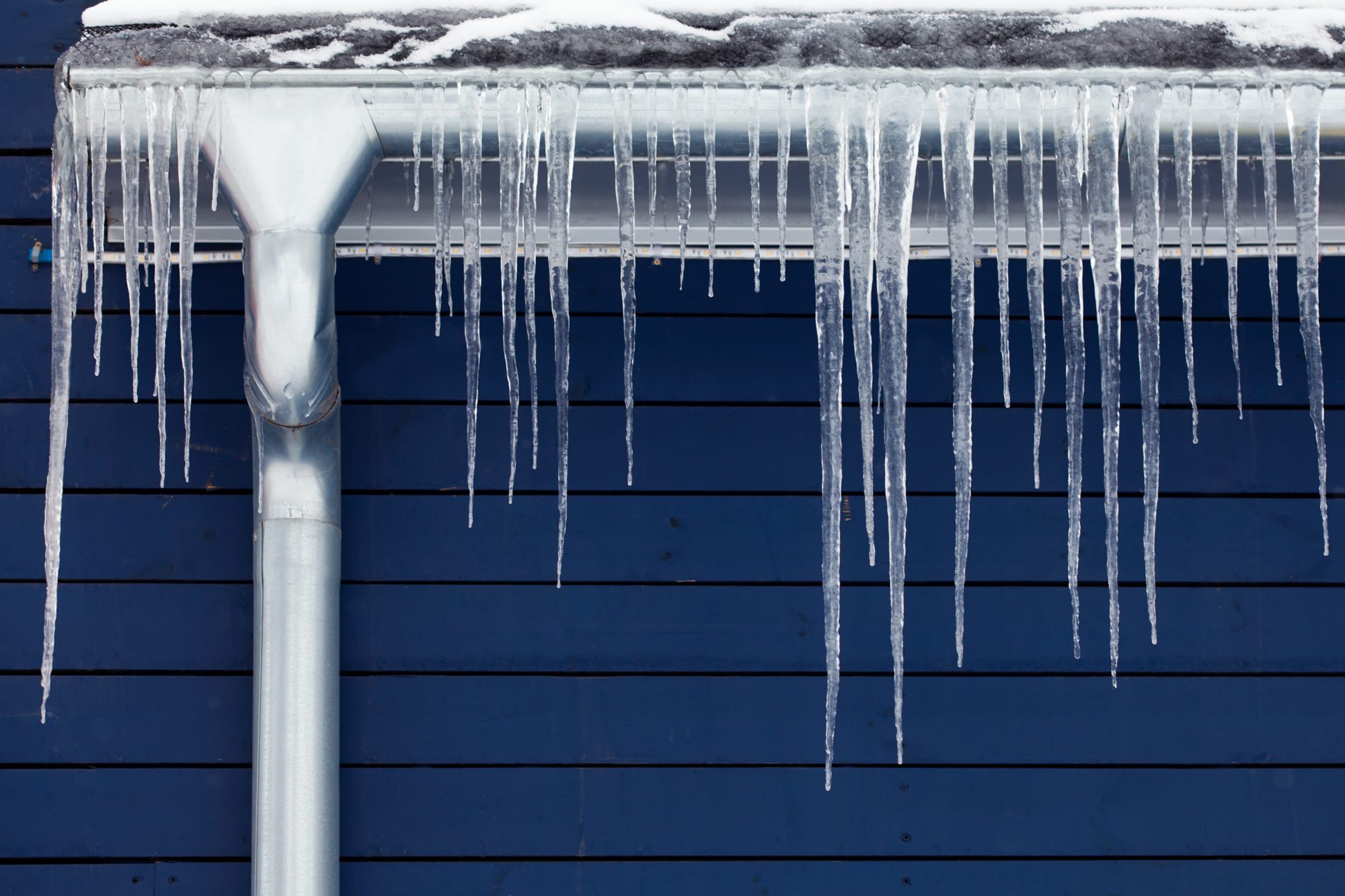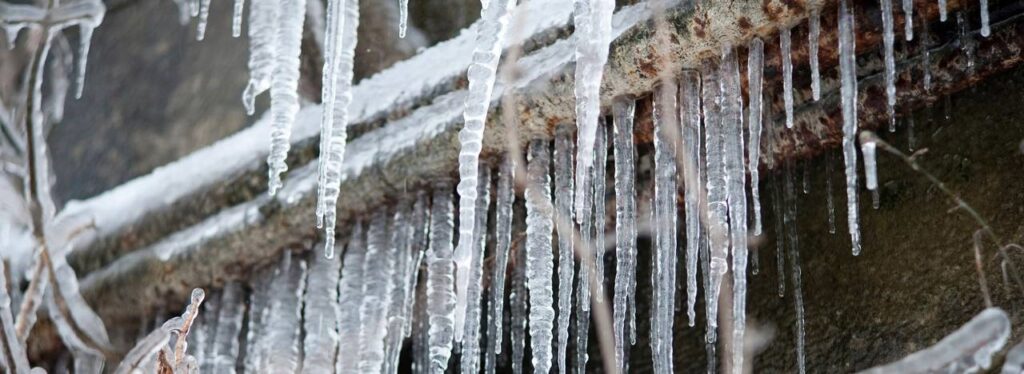Crucial Tips to Avoid Frozen Pipes in Cold Weather: Expert Guidance
Crucial Tips to Avoid Frozen Pipes in Cold Weather: Expert Guidance
Blog Article
Just how do you feel on the subject of Helpful Tips to Prevent Frozen Pipes this Winter?

Cold weather can damage your plumbing, specifically by freezing pipes. Below's exactly how to stop it from taking place and what to do if it does.
Intro
As temperature levels drop, the threat of frozen pipes boosts, potentially causing costly repair work and water damage. Understanding just how to avoid icy pipelines is critical for homeowners in cold climates.
Recognizing Frozen Pipelines
What causes pipelines to freeze?
Pipes ice up when revealed to temperatures below 32 ° F (0 ° C) for extended durations. As water inside the pipelines ices up, it broadens, taxing the pipeline walls and possibly causing them to rupture.
Risks and problems
Icy pipes can cause water disturbances, property damage, and pricey repairs. Ruptured pipelines can flooding homes and cause considerable architectural damages.
Indications of Frozen Water Lines
Recognizing icy pipes early can avoid them from bursting.
How to recognize frozen pipelines
Search for decreased water flow from taps, uncommon smells or sounds from pipes, and noticeable frost on exposed pipelines.
Prevention Tips
Protecting susceptible pipes
Cover pipelines in insulation sleeves or make use of warm tape to protect them from freezing temperature levels. Concentrate on pipelines in unheated or exterior locations of the home.
Heating strategies
Maintain indoor rooms adequately heated, specifically areas with plumbing. Open closet doors to allow cozy air to circulate around pipes under sinks.
Safeguarding Outdoor Plumbing
Yard tubes and outdoor taps
Separate and drain yard hose pipes prior to wintertime. Mount frost-proof spigots or cover outside faucets with insulated caps.
What to Do If Your Pipes Freeze
Immediate actions to take
If you suspect icy pipelines, maintain taps open to soothe pressure as the ice melts. Utilize a hairdryer or towels soaked in hot water to thaw pipelines gradually.
Long-Term Solutions
Structural adjustments
Take into consideration rerouting pipes far from outside walls or unheated locations. Include added insulation to attic rooms, basements, and crawl spaces.
Updating insulation
Invest in high-grade insulation for pipes, attic rooms, and walls. Appropriate insulation helps keep constant temperature levels and decreases the danger of frozen pipelines.
Final thought
Avoiding frozen pipes needs positive measures and fast responses. By comprehending the causes, indicators, and safety nets, home owners can safeguard their plumbing during cold weather.
5 Ways to Prevent Frozen Pipes
Drain Outdoor Faucets and Disconnect Hoses
First, close the shut-off valve that controls the flow of water in the pipe to your outdoor faucet. Then, head outside to disconnect and drain your hose and open the outdoor faucet to allow the water to completely drain out of the line. Turn off the faucet when done. Finally, head back to the shut-off valve and drain the remaining water inside the pipe into a bucket or container. Additionally, if you have a home irrigation system, you should consider hiring an expert to clear the system of water each year.
Insulate Pipes
One of the best and most cost-effective methods for preventing frozen water pipes is to wrap your pipes with insulation. This is especially important for areas in your home that aren’t exposed to heat, such as an attic. We suggest using foam sleeves, which can typically be found at your local hardware store.
Keep Heat Running at 65
Your pipes are located inside your walls, and the temperature there is much colder than the rest of the house. To prevent your pipes from freezing, The Insurance Information Institute suggests that you keep your home heated to at least 65 degrees, even when traveling. You may want to invest in smart devices that can keep an eye on the temperature in your home while you’re away.
Leave Water Dripping
Moving water — even a small trickle — can prevent ice from forming inside your pipes. When freezing temps are imminent, start a drip of water from all faucets that serve exposed pipes. Leaving a few faucets running will also help relieve pressure inside the pipes and help prevent a rupture if the water inside freezes.
Open Cupboard Doors
Warm your kitchen and bathroom pipes by opening cupboards and vanities. You should also leave your interior doors ajar to help warm air circulate evenly throughout your home.

I am very eager about 6 Ways to Prevent Frozen Pipes and I'm hoping you enjoyed reading the entire piece. Are you aware of another individual who is inquisitive about the niche? Why not promote it. I enjoy reading our article about 6 Ways to Prevent Frozen Pipes.
Free Quote Report this page